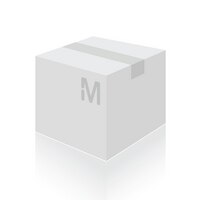CBA034 STAT1 ELISA Kit
Produits recommandés
Aperçu
| Replacement Information |
|---|
| Applications |
|---|
| Biological Information | |
|---|---|
| Assay range | 0.3-20 ng/ml |
| Assay time | 4 h |
| Sample Type | Cells |
| Physicochemical Information | |
|---|---|
| Sensitivity | <0.27 ng/ml |
| Dimensions |
|---|
| Materials Information |
|---|
| Toxicological Information |
|---|
| Safety Information according to GHS |
|---|
| Safety Information |
|---|
| Packaging Information |
|---|
| Transport Information |
|---|
| Specifications |
|---|
| Global Trade Item Number | |
|---|---|
| Référence | GTIN |
| CBA034 | 0 |
Documentation
STAT1 ELISA Kit Certificats d'analyse
| Titre | Numéro de lot |
|---|---|
| CBA034 |
Références bibliographiques
| Aperçu de la référence bibliographique |
|---|
| Boudny, V. and J. Kovarik 2002. Neoplasm 49, 349. Brivanlou, A.H. and J.E. Darnell, 2002. Science 295, 813. Bromberg, J. 2002. J. Clin. Invest. 109, 1139. Levy, D.E. and J.E. Darnell 2002. Nat. Rev. Mol. Cell. Biol. 3, 651. Ghislain, J.J., et al. 2001. Interferon Cytokine Res. 21, 379. Shankaran, V. and R.D. Shreiber 2001. In Cytokine Reference. Volume 2: Receptors. J.J. Oppenheim, M. Feldmann, S.K. Durum, T. Hirano, J. Vilcek, and N.A. Nicola, editors. Academic Press, London, UK. pp.1819. Stephens, J.M., et al. 1998. J. Biol. Chem. 273, 31408. |
Brochure
| Titre |
|---|
| Kit SourceBook - 2nd Edition EURO |















